Infrared Paint Drying: Revolutionizing Auto Industry’s Speed and Efficiency
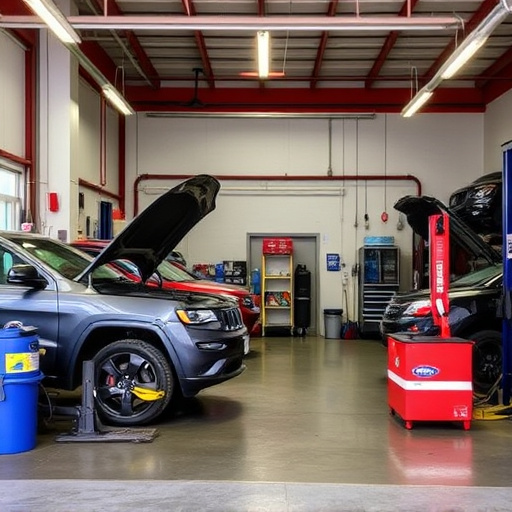
Infrared paint drying is a revolutionary technology in the auto industry, significantly enhancing pa…….
Infrared (IR) paint drying represents a revolutionary approach to the coating industry, offering faster and more energy-efficient methods for curing paints and varnishes. This technology has gained significant traction in recent years as industries seek sustainable and cost-effective solutions for their finishing processes. This article aims to provide an extensive overview of infrared paint drying, exploring its mechanisms, global impact, economic implications, technological advancements, regulatory landscape, challenges, successful case studies, and future prospects. By delving into these aspects, readers will gain a comprehensive understanding of this transformative process and its potential to shape various sectors.
Infrared paint drying is a sophisticated technique that utilizes infrared radiation (IR) to accelerate the curing process of paints and coatings. Unlike traditional drying methods reliant on ambient air or heat sources, IR technology directly interacts with the paint’s molecules, promoting rapid chemical reactions. This method is particularly effective for industrial applications where high-speed production and reduced curing times are crucial.
The concept of infrared drying dates back to the late 19th century when scientists discovered the potential of IR radiation. However, its industrial application was slow to take off due to limited technology and high energy costs. In the mid-20th century, advancements in LED technology and a better understanding of polymer chemistry catalyzed the development of efficient infrared drying systems. Today, this technology is widely adopted across various industries, including automotive, aerospace, and construction.
Infrared paint drying has left an indelible mark on the global coatings market, with its adoption spanning multiple continents and diverse industries. The technology’s appeal lies in its ability to streamline production processes, reduce environmental impact, and enhance product quality.
| Region | Adoption Rate | Primary Industries | Environmental Focus |
|---|---|---|---|
| North America | High | Automotive, Aerospace | Stricter Emission Standards |
| Western Europe | Advanced | Automotive, Construction | Renewable Energy Integration |
| Asia-Pacific | Growing | Manufacturing, Infrastructure | Sustainable Development Goals |
| Southeast Asia | Emergent | Automotive, Electronics | Industrialization and Pollution Control |
| Middle East & Africa | Moderate | Oil & Gas, Construction | Environmental Awareness Increasing |
The economic implications of infrared paint drying are multifaceted, impacting various sectors and contributing to overall market dynamics.
The continuous evolution of infrared paint drying technology has led to significant improvements in its performance and versatility.
The implementation of infrared paint drying is subject to various policies and regulations, which play a crucial role in its adoption and development.
Regulatory compliance drives innovation in infrared paint drying, as companies strive to meet environmental, health, and safety standards. This has led to the development of more efficient and environmentally friendly technologies, fostering a sustainable growth narrative for the industry.
Despite its numerous advantages, infrared paint drying faces certain challenges and criticisms that require careful consideration and strategic solutions.
The successful implementation of infrared paint drying in various industries serves as a testament to its effectiveness and versatility. These case studies highlight key achievements and lessons learned from real-world applications.
Challenge: Ford aimed to reduce painting cycle times and improve productivity at its Michigan assembly plant while maintaining high-quality finishes.
Solution: The company invested in advanced infrared drying systems, replacing conventional air drying methods. This transition resulted in:
Lessons Learned: Infrared drying can significantly streamline automotive painting processes, allowing manufacturers to meet stringent production targets while maintaining product quality.
Objective: The construction of the world’s second-tallest building, the Shanghai Tower, required efficient and weather-resilient coating solutions for its massive structure.
Approach: Infrared paint drying was employed for the application of protective coatings on concrete surfaces, ensuring rapid curing and superior durability. This method facilitated:
Conclusion: This case study demonstrates how infrared drying can accelerate construction projects while providing robust protective coatings for large-scale infrastructure developments.
Requirement: The Boeing 787 Dreamliner required advanced coating technologies to meet stringent durability and aesthetic standards for its exterior fuselage.
Implementation: Infrared drying was utilized to apply high-performance, low-VOC coatings, ensuring rapid curing and superior adhesion. The process contributed to:
Impact: Infrared paint drying played a critical role in Boeing’s ability to deliver the 787 Dreamliner on time and within budget, setting new standards for efficient high-performance coating application in the aerospace industry.
The future of infrared paint drying is poised for continued growth and innovation, driven by technological advancements, market demands, and sustainable development goals.
Infrared paint drying has emerged as a powerful catalyst for innovation in the coatings industry, offering unparalleled efficiency, sustainability, and product quality improvements. Its global impact is evident across diverse sectors, from automotive and construction to aerospace and smart manufacturing. As technology continues to evolve, infrared drying will play an increasingly vital role in shaping the future of coating applications, contributing to reduced environmental impact, faster production cycles, and enhanced product performance.
Q1: How does infrared paint drying differ from traditional drying methods?
A: Infrared paint drying utilizes specific IR wavelengths to initiate chemical reactions within the paint, curing it rapidly. Traditional methods rely on air or other passive heating sources, which can be less efficient and take longer.
Q2: Are there any health risks associated with working near infrared drying systems?
A: When operated correctly, modern infrared drying systems pose minimal health risks to workers. However, as with any technology involving radiation, safety protocols must be followed, including appropriate protective gear and ventilation.
Q3: Can infrared paint drying be used for all types of paints and coatings?
A: While infrared drying is suitable for many paints, not all formulations are compatible. Specialized paints designed for IR curing and those with specific chemical compositions work best. Paint manufacturers provide guidelines for using their products with infrared drying systems.
Q4: How does infrared paint drying contribute to environmental sustainability?
A: Infrared drying reduces energy consumption compared to traditional methods, lowering greenhouse gas emissions. It also helps in developing low-VOC paints, minimizing air pollution and reducing waste generation during the curing process.
Q5: What are the typical cost savings associated with implementing infrared paint drying?
A: Cost savings vary based on factors like production volume, facility layout, and energy prices. However, infrared drying can typically reduce energy bills, minimize waste, and streamline production processes, leading to overall cost savings in the range of 10-30%.

Infrared paint drying is a revolutionary technology in the auto industry, significantly enhancing pa…….
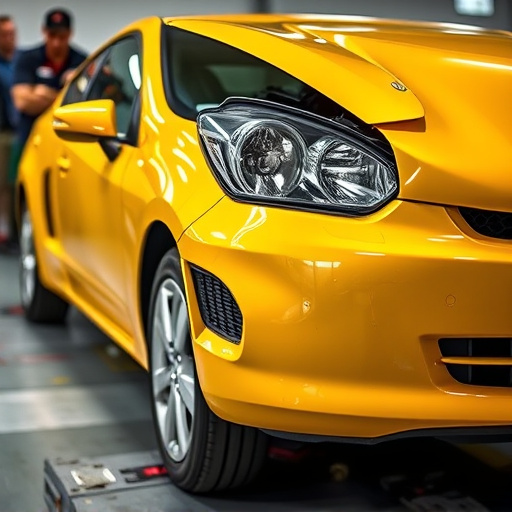
Infrared paint drying is a cutting-edge technology transforming vehicle collision repair, offering s…….
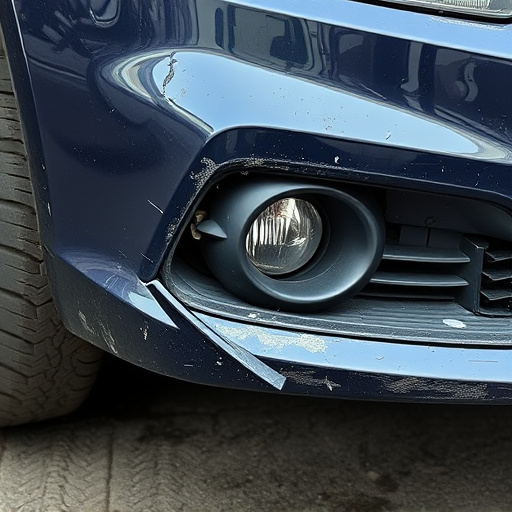
Infrared paint drying is a revolutionary technology in auto collision and scratch repair, offering f…….
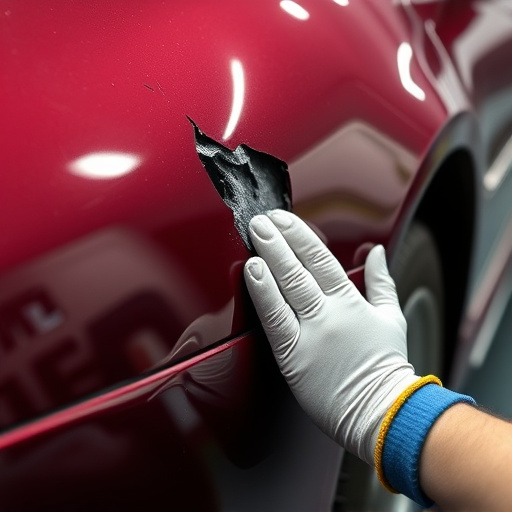
Infrared paint drying is a game-changer in vehicle repair and restoration, offering faster, energy-e…….
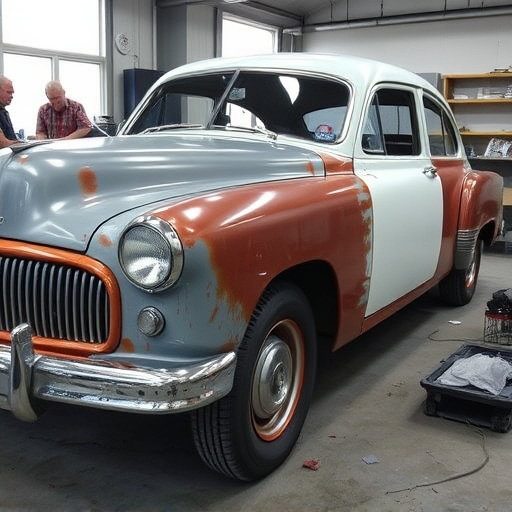
Infrared paint drying is a modern, efficient method for vehicle repair and restoration, offering fas…….
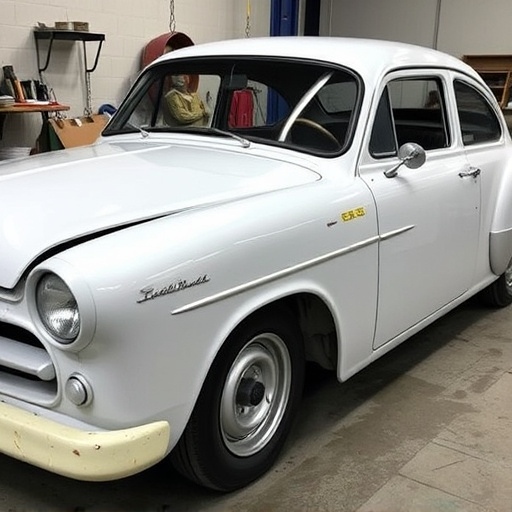
Infrared paint drying technology revolutionizes automotive restoration and dent repair, offering fas…….
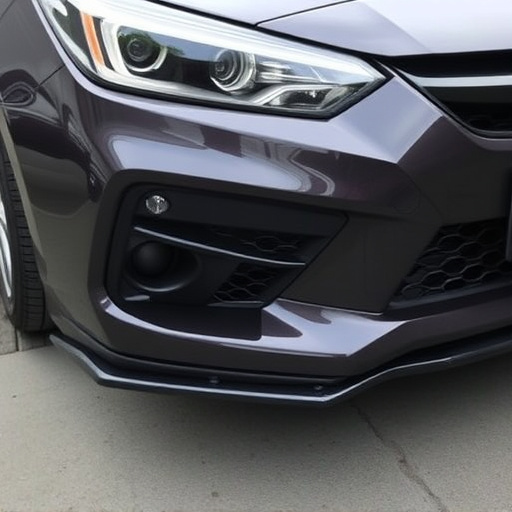
Infrared paint drying is a game-changer in collision repair, speeding up curing times, improving qua…….
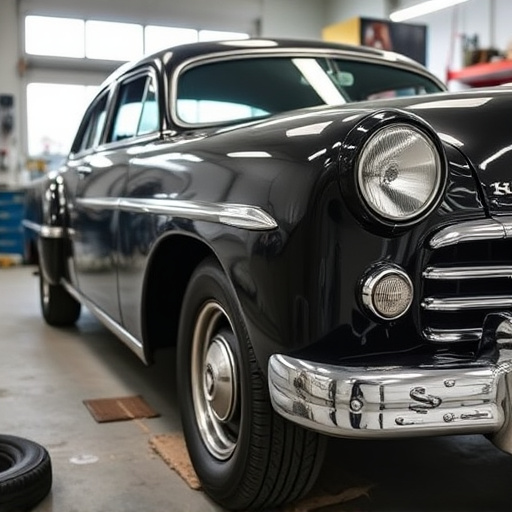
Infrared paint drying is a revolutionary technology for auto body repair, dramatically reducing dryi…….
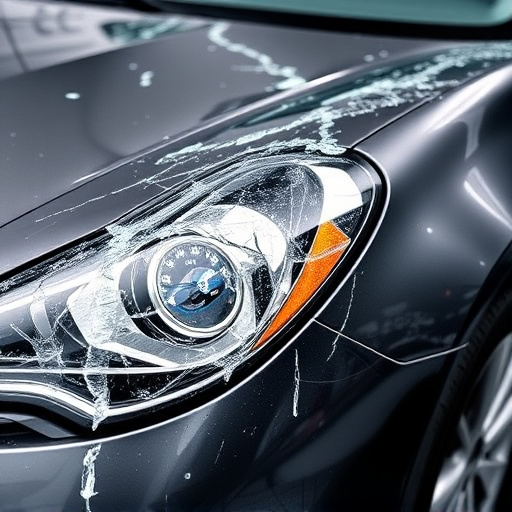
Infrared paint drying revolutionizes auto shop efficiency and sustainability. It speeds up curing fr…….
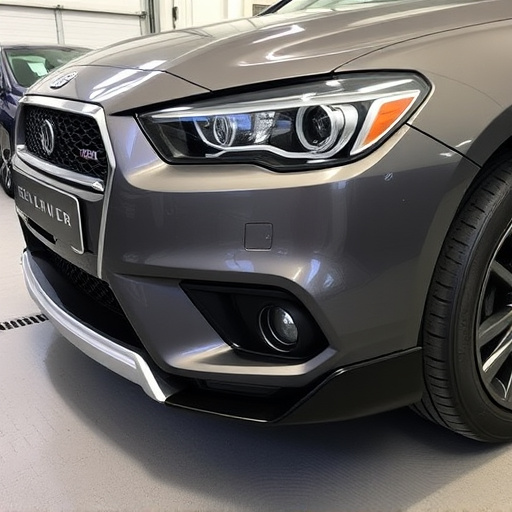
Infrared paint drying is a revolutionary technology in automotive repair, significantly speeding up…….